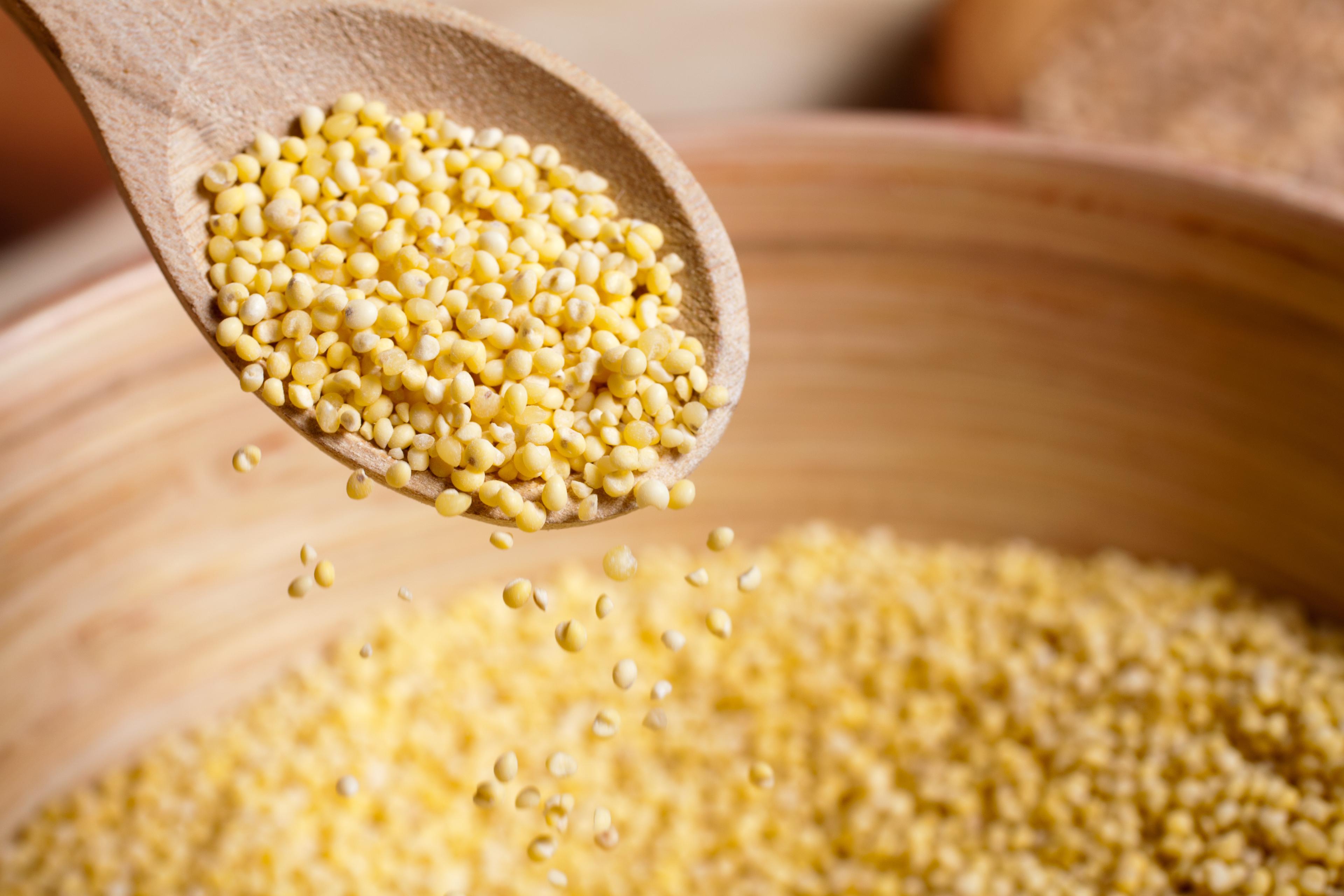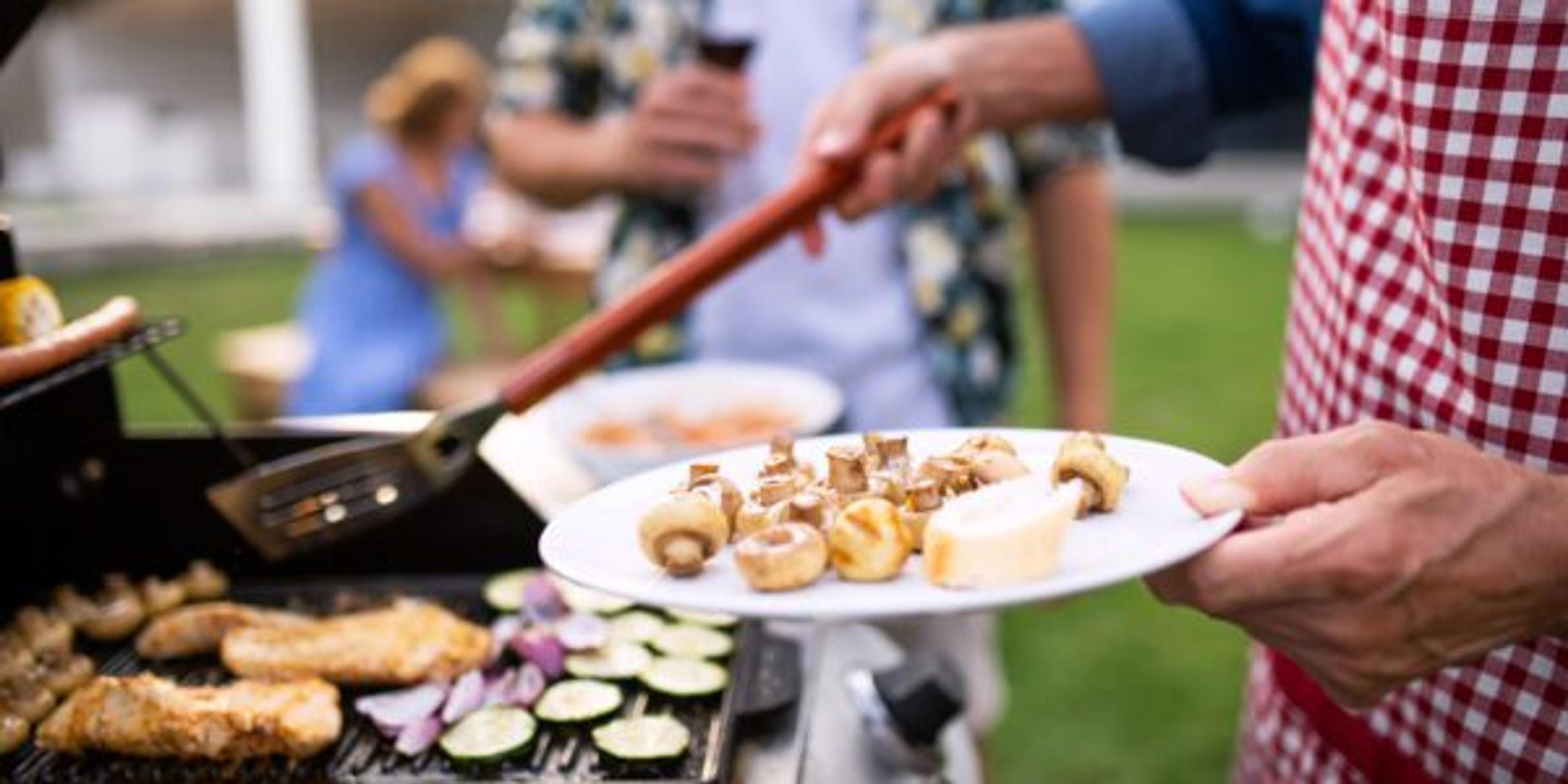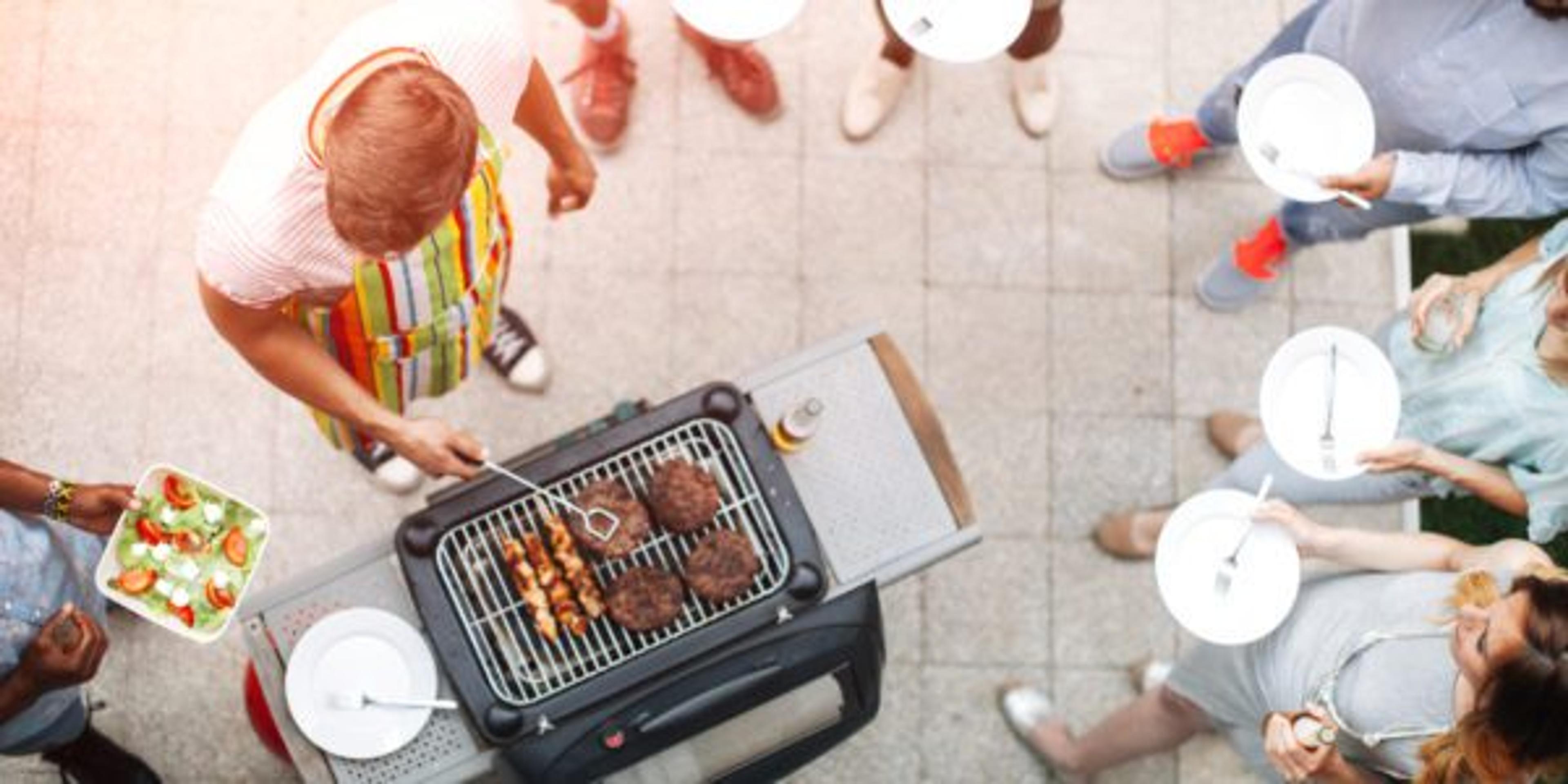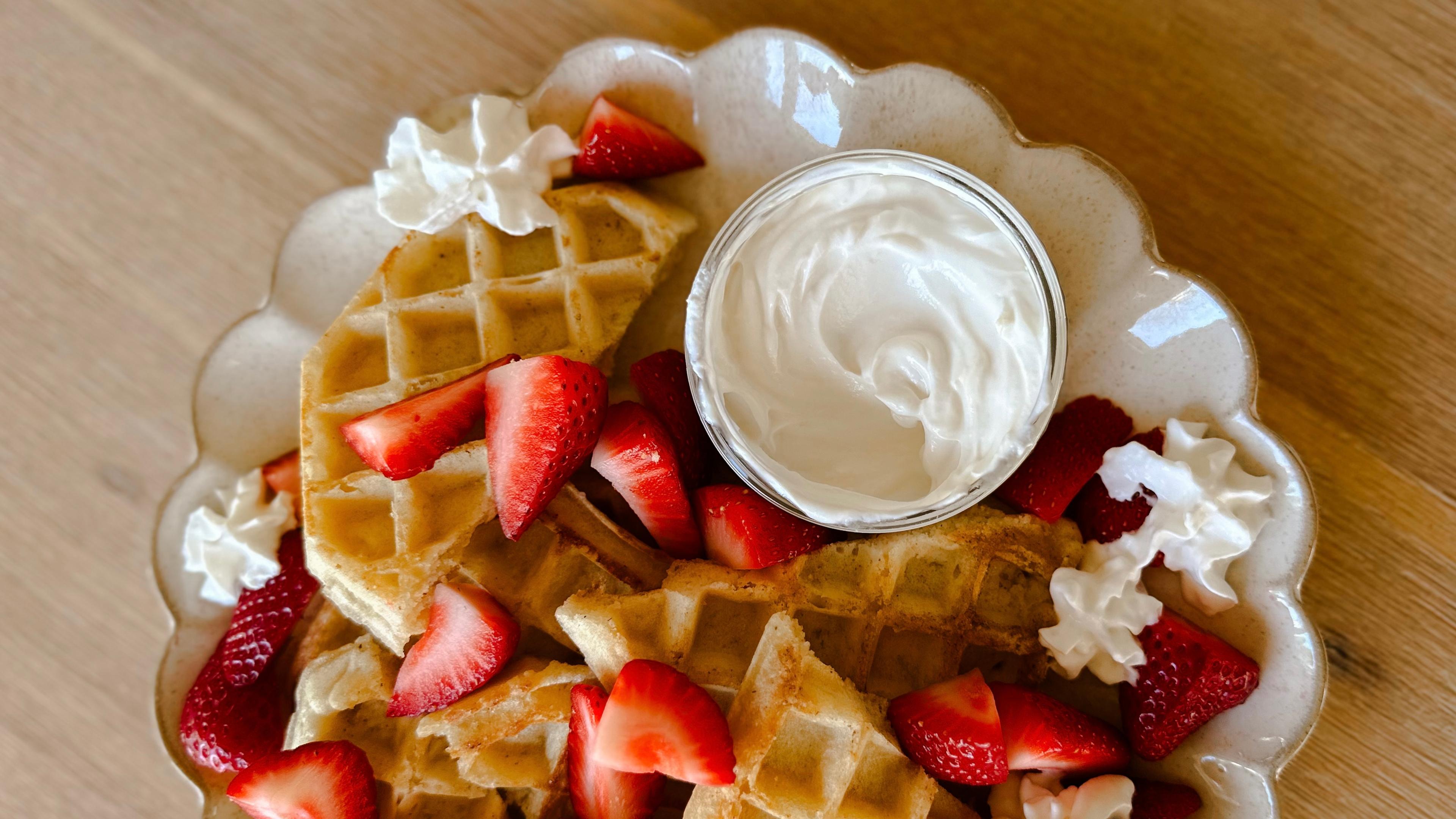I'm on a mission to improve the lives of those around me as well as my own health and well-being. Wellness is a journey, not a destination and I hope that by sharing my experiences with you, I can help make your journey a little easier. I enjoy good food, good fun, and all things fitness.
6 Ways to Avoid Temptation at the Grocery Store
3 min read
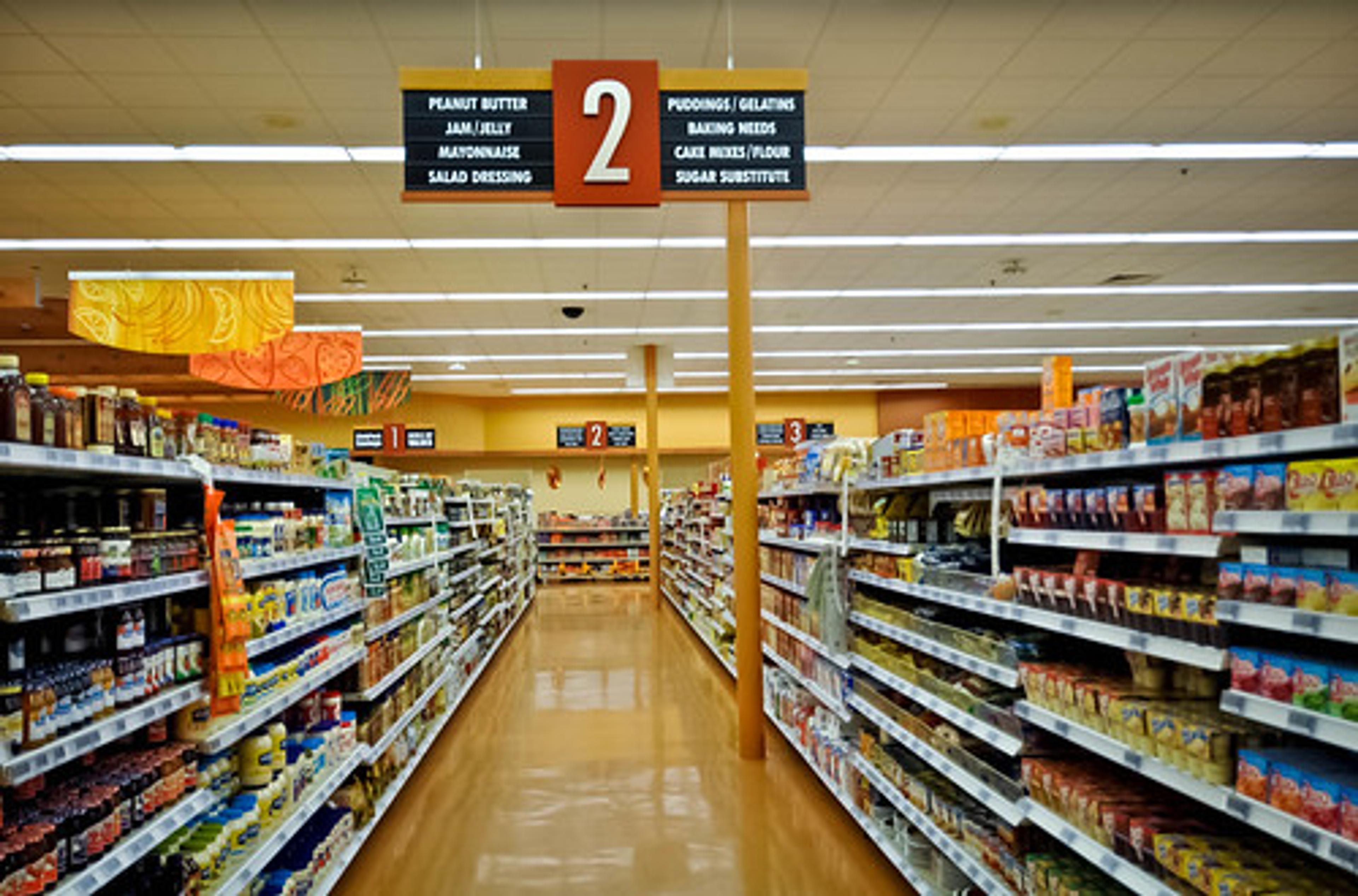
Imagine this…it’s five o’clock in the afternoon and you’re leaving work and heading to the grocery store. You’re tired from a long day and hungry, but you only need a few things for dinner, so you figure it will be a cheap and quick trip. By the time you leave it’s six o’clock and you’re $80 in the hole. Now how many of you have been in this exact situation? You’re not alone.
According to Paco Underhill, author of Why we Buy: The Science of Shopping, two-thirds of what we buy we had no intention of buying in the first place! Grocery stores know this and are intentionally designed to get us to stay longer and spend more.
But how do you get around this? Learning the layout of the grocery store is a good place to start.
Most grocery stores are designed the same way: with the prepackaged foods in the center aisles and the fresh foods around the perimeter. The freshest products tend to be right in the front – think flowers and produce. This gives the illusion that all of the products in the store are fresh and healthy. The bakery is also usually near the front, usually just past the produce. Who can resist the smell of freshly baked bread?
Then we have the dairy, deli, and meat counters near the back. These are strategically placed too. If you need to run in quickly for some eggs and milk they’re usually located near the back so you’ll have to walk past as much product as possible.
In the center of the stores you have your prepackaged foods. Here you’ll find snacks, candy, canned foods and frozen foods. The shelves are even strategically organized! On the top shelf you’ll find your smaller, regional, and gourmet brands. Next we have the second and third shelves, which will have your best sellers and top brands. These brands have the cash for prime shelf placement. The next shelf has strategically placed items that are attractive to kids since they’re right at kid-eye level. And finally, the bottom shelf generally has store brands, private label brands, and bulk items.
Lastly, we have our impulse areas. These are going to be end caps and checkout lanes. Generally, end caps promote sales and new items. Many times you’ll find pop and snack foods that are on special. Checkout lanes are the real culprits…here you’ll find candy, snacks, sugary beverages, gum and mints.
So if there’s no way to avoid the grocery store, what can we do to resist the temptation to impulse buy? These tips may help:
- Avoid shopping when you’re hungry.
- Meal plan and make a shopping list that you actually stick to.
- Fill your cart with the essentials: fruits, vegetables, whole grains, dairy, lean meats, fish, poultry, beans and nuts.
- Avoid foods with cartoons on the label.
- Avoid foods with more than five ingredients and artificial ingredients that you can’t pronounce.
Happy shopping!
Photo credit: I-5 Design & Manufacture



